When you start setting up a fish tank for the first time, do you lose your head? There is some essential aquarium equipment for various types of fish tanks. After reading, you can make preparations in advance, and then set up your aquarium truly.
Content Table
What Do I Need to Get Started with a Fish Tank at Home?
As for setting up an aquarium, you should first conclude something, like calculating the tank size and weight, as well as determining the aquarium placement. To begin with, you should know whether your desk or floor can hold the aquarium or not. Generally, large aquariums should be located in places with a large load capacity, while small fish tanks can be placed on the table. And if you place your aquarium on the floor, it is better to place it near the load-bearing wall.
Specifically, the standard live load of the residential floor is 2 KN per square meter, which means that it can stand for 200 kg of each square meter at the same time. Most residential floors can hold a 55-125 gallon aquarium. Besides that, you should put the aquarium in the correct locations, for instance, places without direct sunlight. The middy sunshine shines through the window and hits the fish tank, accordingly, the water temperature will go up quickly.
Also, if you put the aquarium beside the open window or air conditioner’s vent, the water temperature in the fish tank will go down due to the airflow from the window and vent. But it does not mean the room can be without windows and vents. Furthermore, you should make sure there are sockets near the aquarium. Because some aquarium equipment needs to be plugged in.
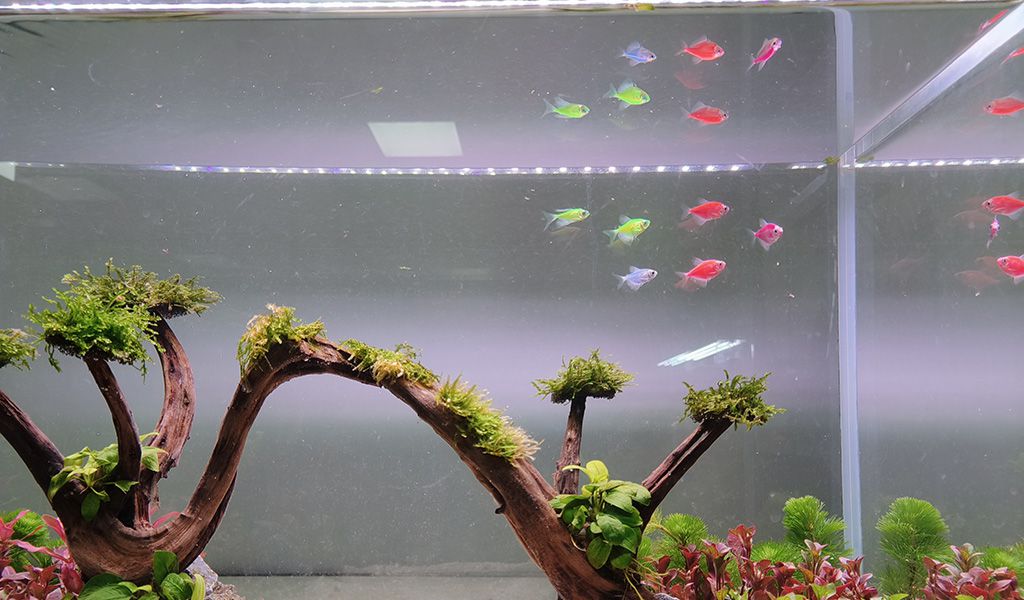
Aquarium Starter Kits List
In general, you can purchase aquarium equipment according to tank type. Next, this segment will cover some basic aquarium equipment.
1. Aquarium
First, you should prepare an aquarium. Then you should determine what tank types to set up, freshwater tank or saltwater tank? Planted tank or fish tank? A betta fish tank or a paludarium tank?
2. Aquarium light
Seeing that the aquarium is often placed far from direct sunlight, but fish are sensitive to light. Thus, applying a full spectrum light is necessary sometimes. In addition, if there are live aquatic plants in your aquarium, it would be vital to add an aquarium light. For a planted aquarium, a planted aquarium light would be perfect.
3. Aquarium heater
Adding an aquarium heater is the best way to keep a fish tank warm. It is a piece of equipment to heat the water and maintain stable water temp in the fish tank. It can narrow the temperature differences and protect fish from sudden temperature fluctuation. For tropical fish, adding an aquarium heater is essential. Besides that, there are many types of aquarium heaters, for example, hang-on aquarium heaters and submersible aquarium heaters.
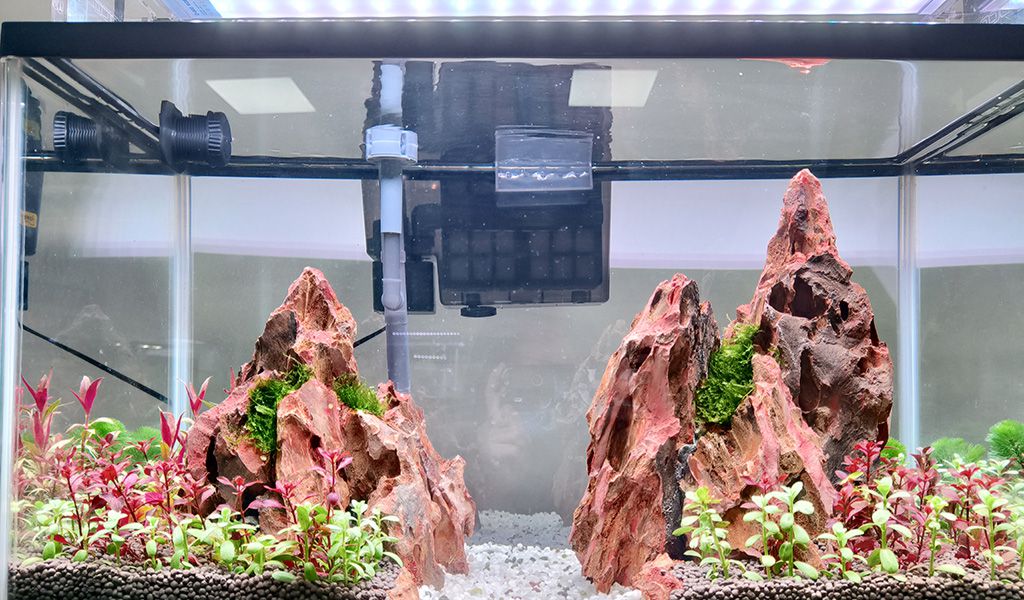
4. Thermometer
The thermometer is one piece of aquarium equipment to check the water temperature. It can show the real-time and accurate water temp. If the water temp is too high or too low, you can make adjustments in time.
5. Aquarium filter
An aquarium filter is used to make sufficient agitation. It can remove excess waste, debris, and toxic substances, such as ammonia, nitrite, and nitrate. Also, a fish tank filter pump can circulate and aerate the water with a spray bar.
6. Aquarium air pump
An aquarium air pump is an aquarium aerator, which uses an airstone to collect and release oxygen. It can aerate your fish tank, oxygenate the water, and expel excess carbon dioxide.
7. Aquarium water pump
An aquarium water pump plays an important role in keeping good water quality. On the one hand, it can circulate and filter the water. On the other hand, a water pump can create water movement to enable aeration by mixing the water on the surface and the rest. Also, there are three main types of aquarium water pumps, including submersible water pumps, in-line water pumps, and DC water pumps. You can choose the right one according to the water you need to move, as well as the power and GPH of the water pump.
In addition to all mentioned above, here are two more specific examples.
Betta fish tank
A fish tank: The minimum tank size is 5 gallons. But the larger, the better. The betta fish tank is a good alternative. It is an 8-gallon fish tank with a unique 3D background.
Aquarium heater: You should keep a water temperature of 78-80℉. A 50W fish tank heater is an excellent option for a 5-15 gallon aquarium. And there is a built-in thermometer in the heater.
Aquarium filter: Bettas fancy slow-flowing water currents, thus, a small canister filter or sponge filter is feasible.
Aquarium light: Although betta fish prefer dim light, live plants in betta fish tanks do require sufficient light. And white, blue, and red lights are good for bettas.
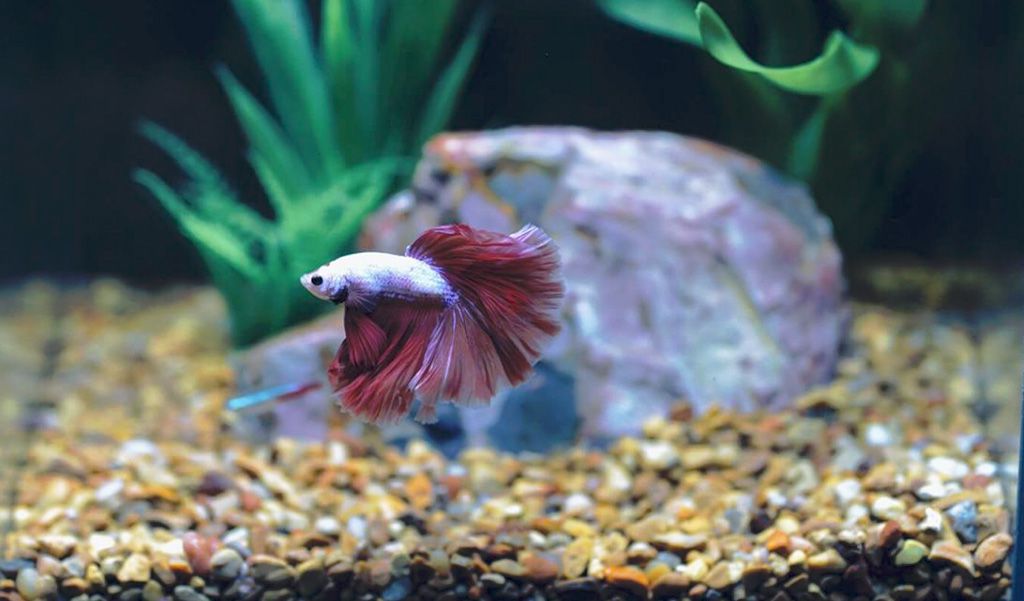
A paludarium tank
Aquarium: The aquarium should provide a viewing area of the right size above the water surface, and leave sufficient depth underwater to keep fish.
Aquarium light: Adding an aquarium light can make sense in plant growth. And a full spectrum clip on light is a great choice. With four modes, it also has 9 colors to choose from.
Aquarium filter: A paludarium tank is only filled with half water, therefore, the water may get polluted quickly. It is better to add a small canister filter.
Water pump: A small water pump can create waterfalls, and enhance the visual effects of the paludarium. It also provides additional humidity for plants.
Fish Tank Starter Kit for Fish Farming
Except for some basic aquarium equipment, there are also some other necessities to decorate your fish tank or keep your aquarium clean. In this part, let’s learn more about that.
1. Substrate
There are different kinds of substrate, including sand, gravel, and soil. For aquariums with plants, it is recommended to use aquarium soil as the substrate, as it provides nutrients for plants. For better appearance, gravel, and sand of various sizes and colors also get popularity.
2. Rocks/Stones/Aquatic plants
Most fish prefer swimming, exploring, and hiding in the aquarium. Rocks, stones, and aquatic plants can meet their demands exactly. There are diverse rocks for freshwater and saltwater aquariums. Specifically, slate, quartzite, and lava rock are great alternatives for freshwater aquariums, while Fuji rock, Pukani rock, and Aquacultured live rock are perfect for saltwater aquariums.
As for stones, Taihu stone, stalagmite stone, coral stone, and pebbles are commonly used. Aquatic plants can also play an important role in maintaining optimal water quality. For a freshwater aquarium, you can add java moss, fern, Amazon sword, and wisteria.
3. Aquarium cleaner tools
To keep fish healthy and the aquarium clean, you need to clean your fish tank regularly. In this case, an aquarium cleaner tool kit will help you out. It may include a fishnet, an algae scraper, a gravel rake, a flat sponge, and others.
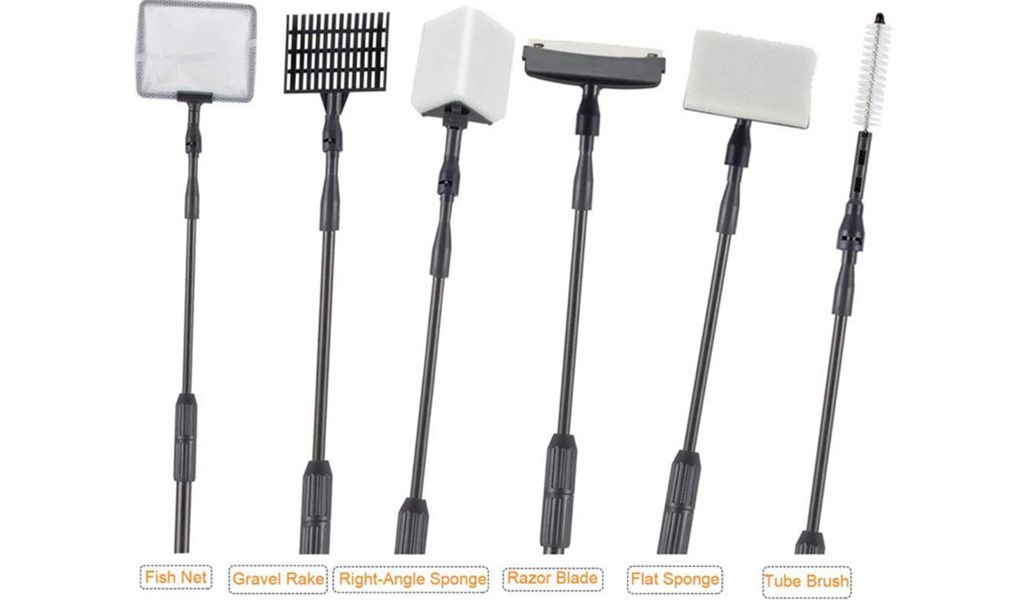
4. Gravel vacuum
When doing water changes, a gravel vacuum can help you a lot. It can change the water easily and clean every corner of your fish tank. Also, the gravel vacuum can suck away feces and waste.
5. Water test kit
The water test kit is to test the water parameters, for instance, ammonia level, pH level, nitrite level, and nitrate level. It helps to avoid bad effects on fish, and it is convenient and the easiest method to test water parameters. Usually, you should use it to test new water when doing water changes. Nonetheless, you should also monitor the water from time to time.
Sum Up
Aside from all mentioned above, you should also pay attention to the new tank syndrome problem, abbreviated in NTS. It is a syndrome of fish and shrimp poisoning. The NTS is the result of an imbalance between the undeveloped nitrate bacteria groups and the needs of the nitrogen cycle. Then the ammonia and nitrite levels will rise in the water.
Usually, the NTS lasts about 2–12 weeks. Consequently, it is best to take measures to fix the NTS, such as doing water changes, reducing fish density and feeding quantity, cleaning the substrate, or assing bacteria. Also, there are tips to avoid the NTS, including never overstocking and overfeeding, changing the water regularly, as well as monitoring the water quality.
That is all for today. We hope you will enjoy your aquarium journey and are welcome to share your ideas in the comments. Finally, thanks for your reading.
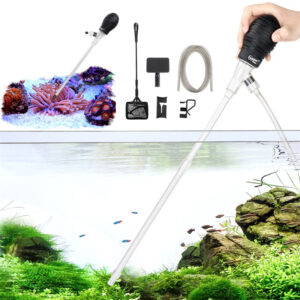
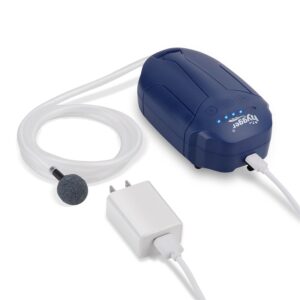
Leave a comment